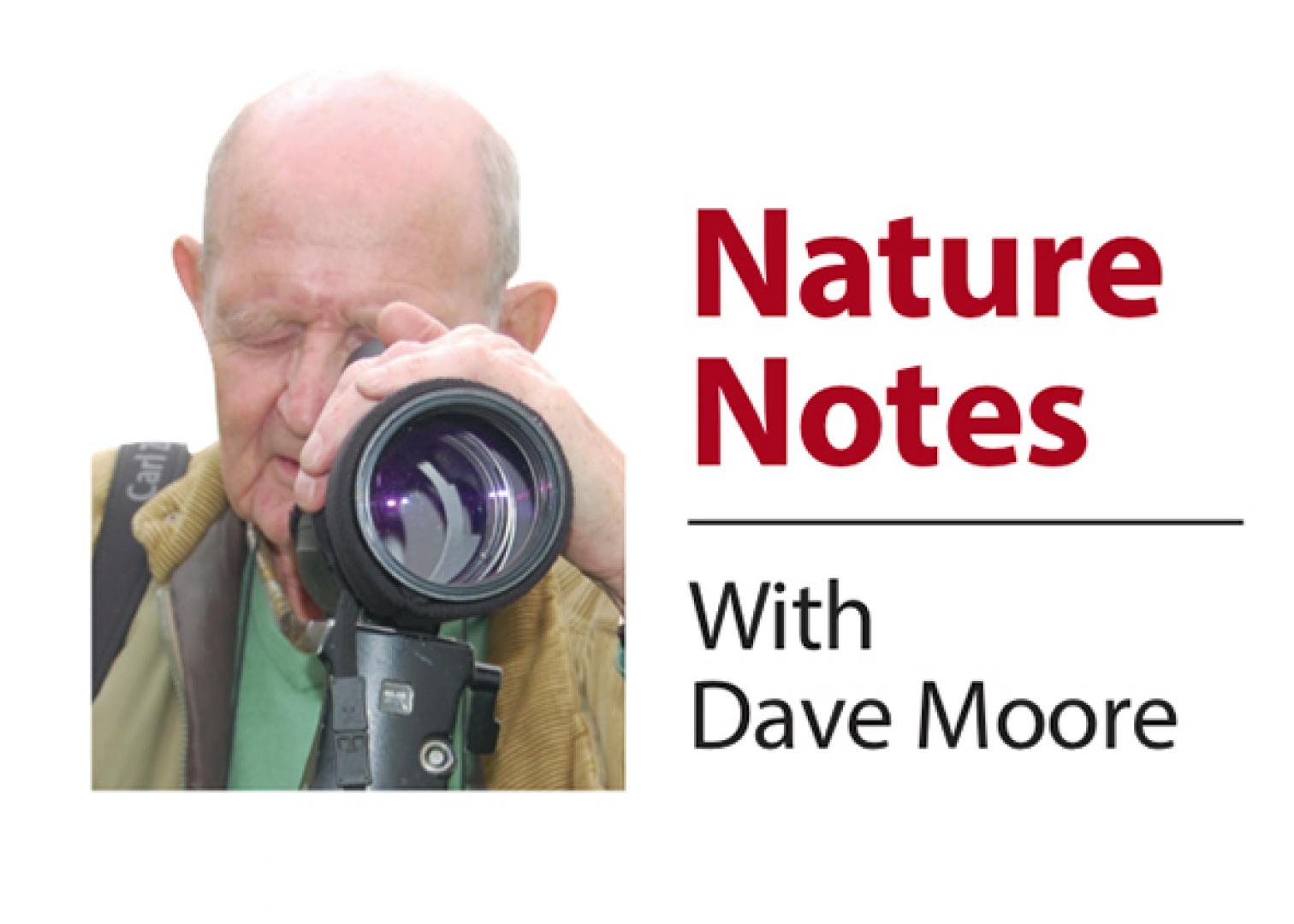THE past winter has been a tough time for wildlife. Migrant birds that return from their winter grounds have been delayed in arriving, not only in Britain but also France and Iberia, which have also experienced late winters, holding up the vanguard of sand martins that are, as a rule, the first to appear.
Those that arrived early will have perished as their food source is made up of 100 per cent flying insects and there have been not many of them in flight during the past few weeks.
Resident garden birds will also have been affected, but in my opinion those that will have survived are the strongest. The weak and the ill will have succumbed, but that is how nature operates, controlling species.
Have readers ever given a thought as to where birds go during night-time – especially during the winter months?
Large species, such as crows, pigeons and starlings, roost in large numbers in woods etc, but what about the smaller ones? How do they manage to survive freezing temperatures?
During the warmer months this is not a problem, but what happens after that period?
Classic examples are blue tits and wrens. I saw for myself some years go several blue tits entering a small hole in a dry stone wall.
It was really unbelievable. I counted 12 entering. The interior must have had a ball of feathers creating plenty of heat. Wrens have been known to pack into old house martin nests.
Local house sparrows roost in large numbers in dense bushes and will utilise crevices and where possible congregate in gaps under eaves.
I have a few that use this facility at our cottage.
Nest boxes are another that is a favourite. I have stated in the past that house sparrows and starlings will take advantage of gaps under the eaves of properties.
Modern day construction has reduced this, to the detriment of both species.
Swifts have also been affected, losing their nesting sites. Locally with plenty of older buildings in Barney, there are a good number of pairs breeding each summer.
Building companies have been approached to see if during the construction they could possibly create niches to help the species maintain their numbers.
To conclude these notes, summer is on its way and those who venture into the countryside should remember the only thing to take are photos and the only thing to leave are your footprints. Enjoy!
Dave Moore






